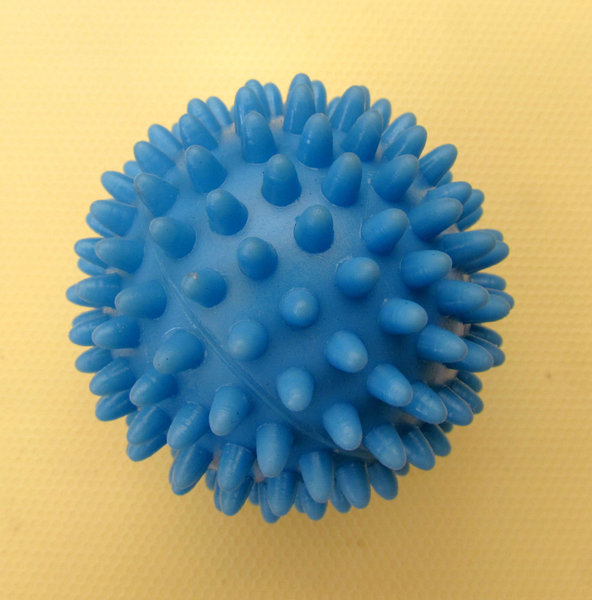Understanding Pediatric First Aid Needs
Children are not merely small adults; their physiological, developmental, and psychological characteristics significantly influence their responses to injury and illness. First aid for children must encompass considerations of their anatomical differences, such as smaller airways and higher metabolic rates, as well as their emotional responses and how they perceive pain and fear. These differences necessitate a specialized approach that goes beyond standard adult first aid practices.
1. Enhanced Training Programs
Traditionally, first aid training has been limited to adult victims. However, the advancement of pediatric first aid training programs has surged in response to increasing recognition of the unique challenges in managing pediatric emergencies. Many organizations, including the American Red Cross and St. John Ambulance, have developed specialized training modules focusing on pediatric care, specifically designed for caregivers, teachers, and laypersons.
A. Simulation-Based Learning
One of the most notable advancements in training is the use of simulation-based learning. High-fidelity mannequins that simulate various pediatric medical conditions allow trainees to practice skills in a controlled environment. For example, trainers can replicate respiratory distress in a child, teaching students how to respond effectively. Research demonstrates that simulation not only enhances skill acquisition but also improves confidence levels among participants, which is critical during real-life emergencies.
B. Online and Mobile Training Applications
The integration of technology in training has made pediatric first aid accessible to a broader audience. Online courses and mobile training applications enable caregivers to learn at their convenience, with resources tailored specifically for children. These platforms often feature interactive elements, such as quizzes and videos, to increase engagement and retention. Additionally, many apps provide step-by-step guides for handling common pediatric emergencies, ensuring caregivers have immediate access to vital information when time is of the essence.
2. Innovative First Aid Tools
The development of innovative tools specifically designed for pediatric emergencies marks another significant advancement. These tools cater not only to the anatomical differences in children but also to the psychological aspects surrounding them, promoting a more effective response during emergencies.
A. Child-Sized Medical Equipment
One of the primary challenges faced by emergency responders is the inappropriate use of adult-sized equipment. Recent advancements have led to the creation of Child education (member.8090.com)-sized resuscitation equipment, including airway devices and defibrillators. For instance, the use of pediatric-sized defibrillator pads specifically designed for infants and children ensures that electrical shocks are delivered effectively and safely. Similarly, specialized breathing devices, such as pediatric bag-valve masks, are designed to fit the smaller facial contours of children, ensuring a proper seal for effective ventilation.
B. Visual and Interactive Tools
To further assist in first aid situations, visual emergency guides are being developed. These guides use colorful graphics and simple language to help children and caregivers understand what to do in emergencies. There are also interactive tools, such as augmented reality applications that teach children basic first aid techniques through engaging scenarios and gamified experiences. By making learning enjoyable, these tools encourage kids to understand safety, leading to better preparedness and response in emergencies.
3. Community Engagement and Awareness
Advancements in pediatric first aid have emphasized the importance of community engagement and awareness. The promotion of first aid education as a community initiative has proven beneficial in preparing both caregivers and children for emergencies.
A. School-Based Initiatives
Schools have increasingly integrated first aid training into their curriculum, emphasizing the importance of teaching children about basic safety and first aid practices. Programs such as "Kids Save Lives" encourage children to learn how to respond to emergencies involving their peers. These initiatives teach children vital skills, such as learning to call for help, doing basic CPR, and recognizing when someone is in distress.
B. Parent and Community Workshops
Many communities are hosting parent and caregiver workshops on pediatric first aid, often in collaboration with local health organizations. These workshops provide hands-on training and resources for families, empowering them with the knowledge and skills required to handle emergencies effectively. Additionally, these programs create a supportive environment where families can share experiences and learn from one another, fostering a culture of preparedness within the community.
4. Psychological Considerations in Pediatric First Aid
Understanding and addressing the psychological aspects of pediatric emergencies have gained importance in recent years. Advancements in pediatric first aid now encompass not only physical care but also strategies to support children's emotional well-being during crises.
A. Child-Friendly Techniques
Pediatric first responders are being trained to use child-friendly techniques that minimize fear and anxiety. For instance, researchers recommend using age-appropriate language and concepts when explaining procedures to children. Additionally, caregivers are taught to use calming techniques, such as distraction or soothing touch, to help children feel more secure during emergencies.
B. Resources for Emotional Support
Organizations have developed resources aimed at providing emotional support in emergency situations. For example, numerous hospitals now provide child life specialists who help children and their families deal with the psychological impact of medical emergencies. These specialists employ play therapy, art activities, and other age-appropriate interventions to ease fears and anxiety, fostering cooperation during medical evaluations and treatments.
5. Implementation of Advanced Technologies
The incorporation of advanced technologies into pediatric first aid practices represents a considerable leap forward. These technologies not only enhance training and response efforts but also improve safety outcomes for children.
A. Wearable Devices and Telemedicine
Wearable devices equipped with health metrics have begun to emerge in pediatric healthcare. These devices can monitor heart rates, oxygen levels, and other critical health indicators, providing immediate data to caregivers and medical professionals in emergencies. Furthermore, telemedicine services allow parents to consult with pediatricians in real-time during emergencies, ensuring timely advice and intervention, whenever necessary.
B. Drones and Robotic Assistance
In some areas, the use of drones for delivering essential medical supplies to remote locations has received attention. These drones can transport pediatric medical kits or emergency medications quickly to areas where immediate access to healthcare is limited. Additionally, robotic assistance can also play a role in pediatric first aid, with the potential to support responders in performing specific tasks in emergencies, thereby enhancing efficiency and care effectiveness.
Conclusion
The advancements in first aid for children represent a meaningful stride towards ensuring their safety and well-being during emergencies. From innovative training methods to technology integration, these enhancements address the unique challenges posed by pediatric emergencies. As communities become more engaged, more educators and healthcare providers receive specialized training, and new tools are developed, we are fostering a safer environment for our children.
Ultimately, it is imperative that as a society, we continue to invest in the education, resources, and community support necessary to ensure that children receive the best possible care in emergencies. These advances in pediatric first aid highlight our commitment to improving health outcomes and realizing a future where every child can be safer and healthier. Through proactive efforts and ongoing education, we empower ourselves and those around us, promoting a culture of preparedness and reinforcing our collective responsibility towards the next generation.







